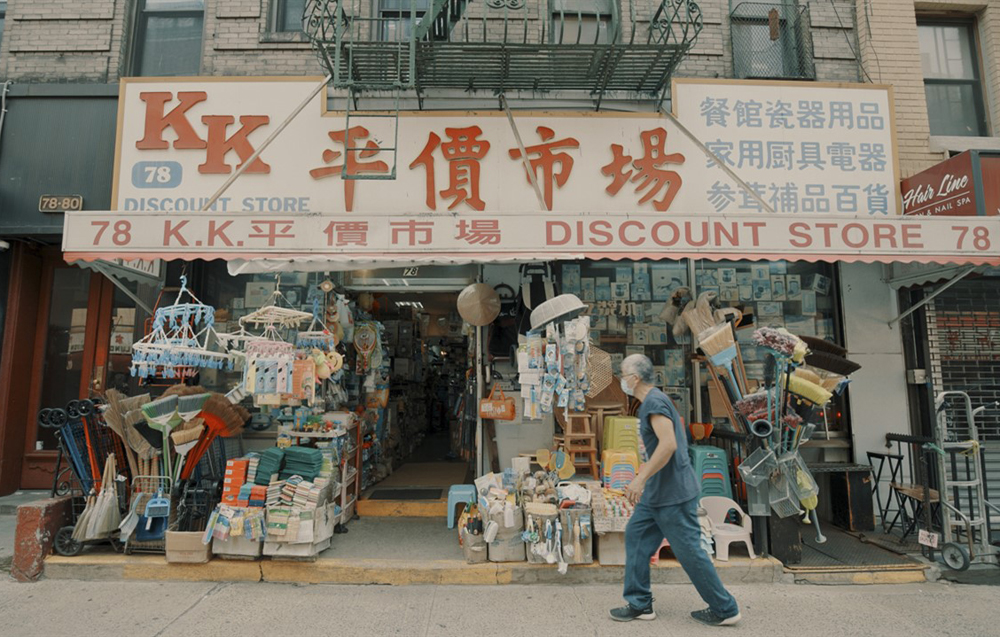At one point in “Big Fight in little Chinatown,” someone asks whether tight-knit communities like the ones that Chinese-Americans have built over generations in North American urban centers “Are…neighborhoods that should be put under glass or so they have the ability to grow and thrive and change?” For as long as they’ve grown into institutions rooted in an uneasy mix of safe bastions for immigrants to remain connected to their culture and fetishized – and lucrative – tourist destinations, there’s never been an easy answer, though it has become a more pressing concern when COVID ground all activity to a halt and laid bare some harsh socioeconomic realities.
It may be a little hard to get too worked up about the potential for an imminent demise when director Karen Cho does such a strong job of suggesting that as dire as things look now, these resilient communities have been battle tested since their founding when Chinese men who came to work on the railroads, separated from their families, only had one another to lean on and attacks since have appeared futile. It certainly seems that way to this day when Jan Lee, a modern-day landlord on Mott Street in New York’s Chinatown refuses to budge from his interview on the sidewalk in the film’s opening scene after someone asks him to move, a preview of what’s to come when he becomes a leader against the proposed construction of a prison that would portend an even greater erosion of Chinese-owned businesses than what the pandemic wrought.
This ends up being the only direct confrontation in “Big Fight in Little Chinatown,” and if the filmmakers had adhered more closely to the John Carpenter classic it mostly takes its name from, viewers might have a better idea of what to expect when there’s something more abstract going on than a fight, but rather signs of trouble, from rapacious real estate developers looking for new areas to build condos to an unwillingness of younger generations to take over their family businesses after the parents’ dream of providing an easier life than they had with their hard work is realized. The inclusion of New York is a little bit of an outlier when the other cities Cho visits are all from her native Canada, tracking a fortune cookie factory in Montreal that’s served as a bulwark against gentrification and a young man in Vancouver who sets aside his pursuit of a career in opera singing in New York to help at the family dim sum restaurant after his father’s health fails, though ultimately borders become irrelevant, not only as far as north and south are concerned, but east and west when one suspects all across North American cultural enclaves of all ethnicities have had to do similar soul-searching as a epochal shift occurs and the reckonings inside each house will seem eerily familiar.
“Big Fight in Little Chinatown” is more interested in giving impressions than arriving at any conclusions, perhaps the only way to be truthful to a situation that is very much in flux and as a snapshot, it considers every dimension, from what people owe each other within a community to keep it strong collectively to what consideration should be given by rapidly changing metropolises to areas that once were devalued and only seen now as attractive to developers because of those who may be forced to move out. While there’s no guaranteeing whether the locals will be able to hold their ground, Cho assures that at least their history will never be erased.
“Big Fight in Little Chinatown” will screen at DOC NYC on November 13th at 9:55 pm at the IFC Center and will stream online via the DOC NYC online platform through November 27th.




